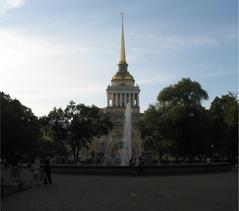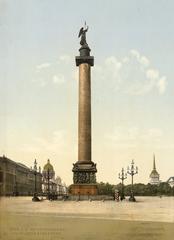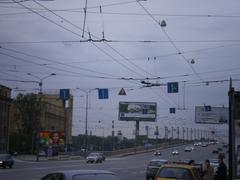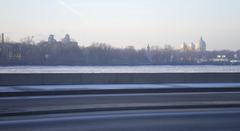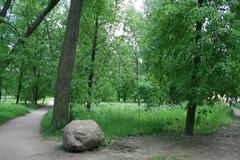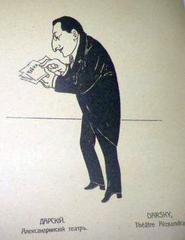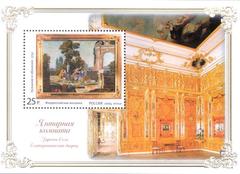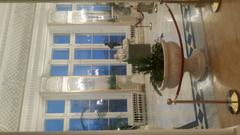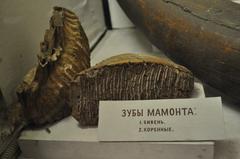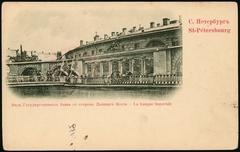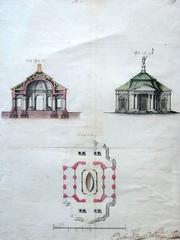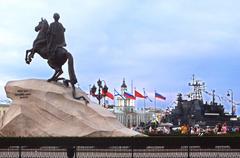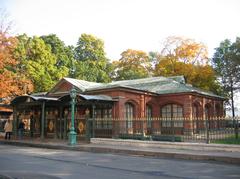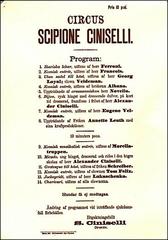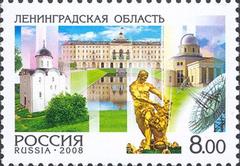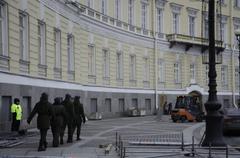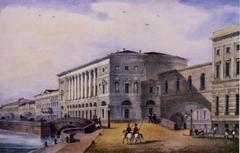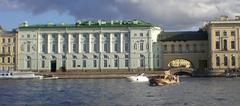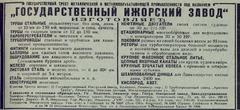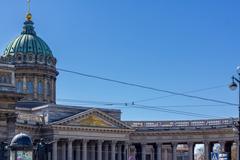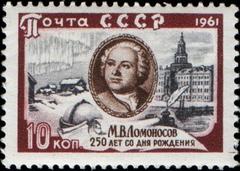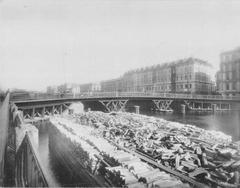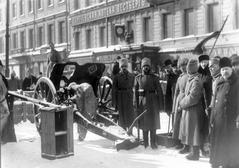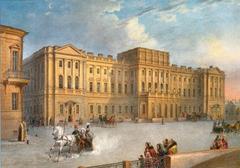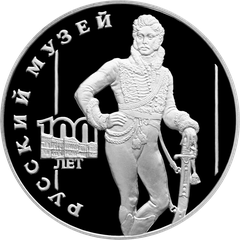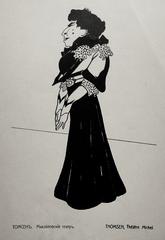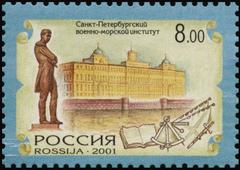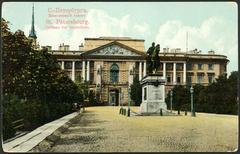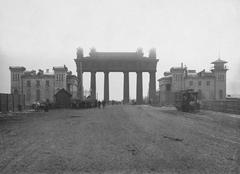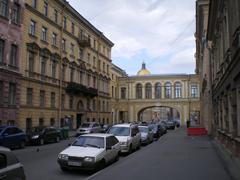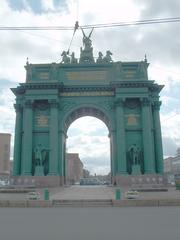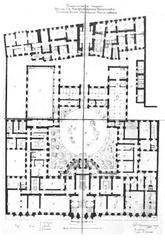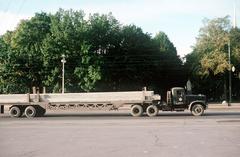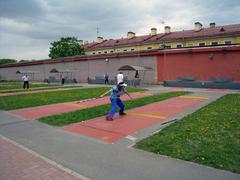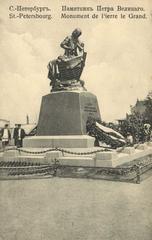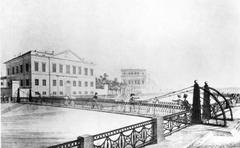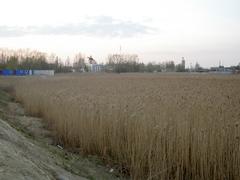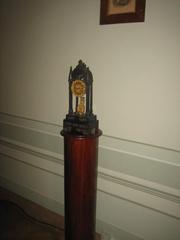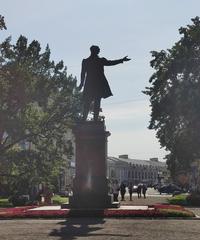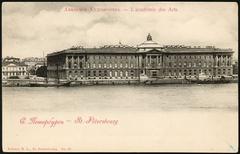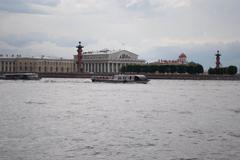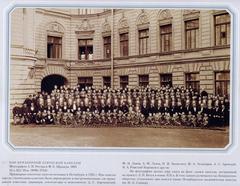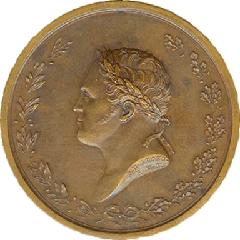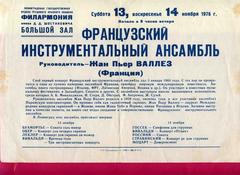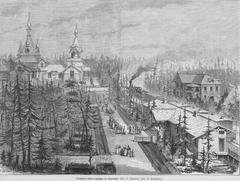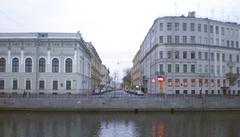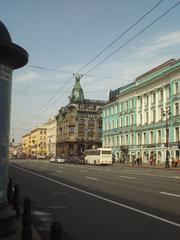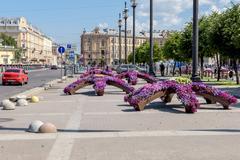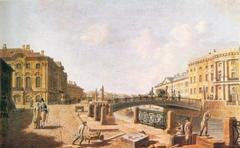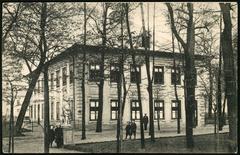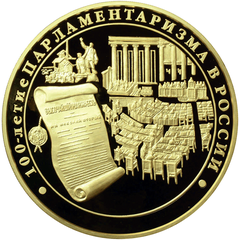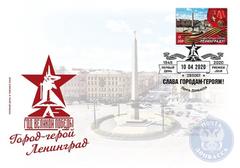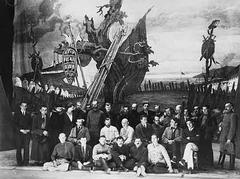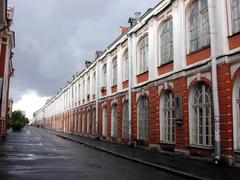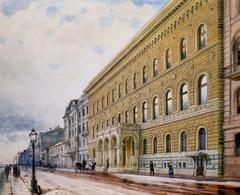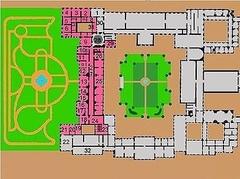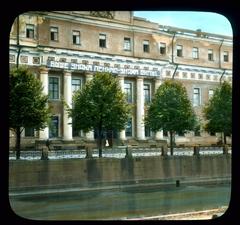Polygonny Lane Visiting Hours, Tickets, and History Guide — Saint Petersburg
Date: 04/07/2025
Introduction
Polygonny Lane (Полигонный переулок) in Saint Petersburg, Russia, offers a fascinating blend of historical depth, architectural charm, and authentic urban life beyond the city’s main tourist routes. Steeped in military and scientific heritage, this quiet street mirrors Saint Petersburg’s evolution from its imperial foundation by Tsar Peter the Great in 1703 to its current status as a modern, culturally rich metropolis. The lane’s name, derived from its proximity to 19th-century military training grounds and artillery polygons, underscores its significant role in Russia’s history (UNESCO; Mapping Petersburg).
Visitors to Polygonny Lane can explore a layered urban landscape: a mix of eclectic and Art Nouveau architecture, Soviet-era buildings, and vibrant community life. The lane is adjacent to major landmarks such as the Peter and Paul Fortress and the Artillery Museum, making it an excellent destination for history enthusiasts, architecture lovers, and those seeking authentic local experiences (adventurebackpack.com; travelsetu.com).
Polygonny Lane is open to the public year-round, free of charge. It is ideal for walking tours, photography, and cultural exploration—particularly during citywide events like the White Nights Festival. This guide provides a comprehensive overview, including historical context, practical visitor information, travel tips, and recommendations for nearby attractions.
Table of Contents
- Introduction
- Historical Background and Urban Development
- Military and Scientific Heritage
- Architectural Highlights
- Role in Key Historical Events
- Postwar and Modern Identity
- Visitor Information: Hours, Tickets, and Access
- Navigating Polygonny Lane: Tips and Accessibility
- Nearby Attractions and Local Experiences
- Frequently Asked Questions (FAQ)
- Conclusion and Further Resources
Historical Background and Urban Development
Saint Petersburg, established in 1703, was envisioned as Russia’s “window to Europe,” featuring grand avenues, monumental architecture, and a rational city plan (UNESCO). Polygonny Lane emerged during the 18th and 19th centuries as the city expanded from marshland to imperial capital. Its name reflects its proximity to military polygons—spaces for training and technological experimentation.
The surrounding neighborhood evolved alongside the city’s modernization, transitioning from semi-rural outskirts to bustling urban districts. Polygonny Lane became home to officers, engineers, and scientists, reflecting the city’s growing emphasis on military and technical education (Mapping Petersburg).
Military and Scientific Heritage
Polygonny Lane’s identity is deeply tied to Saint Petersburg’s status as a hub for military innovation and scientific progress in the 19th century. The area was adjacent to artillery polygons and military academies, which shaped its character and population. The lane served as a key route for personnel and equipment, and many buildings were constructed for military or technical use.
This legacy is still visible today, both in the architectural details of the street and its continued proximity to significant military museums and institutions (Mapping Petersburg).
Architectural Highlights
Eclecticism and Art Nouveau
Polygonny Lane is a showcase of Saint Petersburg’s diverse architectural history. Buildings from the late imperial period feature neoclassical and eclectic styles, while early 20th-century structures introduce Art Nouveau (Style Moderne) elements—characterized by ornate facades, wrought-iron balconies, and floral motifs (adventurebackpack.com).
Soviet-Era Functionalism
The lane also includes Soviet-era apartment blocks, reflecting a shift toward utilitarian design and the city’s layered urban evolution. This juxtaposition of styles creates a unique streetscape that contrasts with the grand boulevards of central Saint Petersburg.
Human-Scale Urban Design
Polygonny Lane’s modest width and intimate courtyards (dvoriki) offer a more personal urban experience. Mature trees and green spaces contribute to a peaceful atmosphere, making the lane ideal for leisurely walks and photography.
Role in Key Historical Events
Polygonny Lane and its environs played a part in significant chapters of Russian history. During the 1917 Revolution, nearby military facilities and schools were influential in the shifting political landscape (World City History). In the Soviet era, the street’s buildings supported the Red Army and industrial development. During the Siege of Leningrad (1941–1944), the neighborhood formed part of the city’s defensive network, with several buildings used for military administration and civilian shelter (St. Petersburg Essential Guide).
Postwar and Modern Identity
After World War II, Polygonny Lane’s focus shifted from military to scientific, educational, and residential uses. Many buildings were repurposed as research institutes or offices, while the street retained its historical character. Today, Polygonny Lane is a peaceful, tree-lined thoroughfare, located near major cultural centers and retaining much of its 19th-century charm.
Community initiatives and preservation efforts continue to protect the lane’s architectural and historical integrity (guidetopetersburg.com).
Visitor Information: Hours, Tickets, and Access
- Visiting Hours: Polygonny Lane is a public street and can be visited 24/7.
- Tickets: There is no entry fee for the lane itself. Admission fees apply to nearby museums such as the Artillery Museum and other attractions.
- Guided Tours: Local tour companies and cultural organizations offer walking tours that include Polygonny Lane, providing valuable historical and architectural context (travelsetu.com; ets-russiatravel.com).
- Transport: The lane is accessible by metro (nearest stations: Sportivnaya, Gorkovskaya) and bus. Parking is limited; public transportation is recommended.
Navigating Polygonny Lane: Tips and Accessibility
- Walking: Wear comfortable shoes for exploring the lane and surrounding districts. The street’s manageable length makes it easy to traverse in under 30 minutes, though lingering in local cafés or shops can extend your experience.
- Accessibility: Sidewalks are generally well maintained. Some older buildings may lack ramps or elevators; visitors with mobility needs should plan accordingly.
- Safety: The area is generally safe. As with all urban environments, stay vigilant against petty theft and avoid poorly lit areas late at night (travelerbibles.com).
- Language: Russian is the primary language; English is spoken in tourist areas. Translation apps or learning basic Russian phrases can enhance your visit (theinvisibletourist.com).
Nearby Attractions and Local Experiences
- Peter and Paul Fortress: The city’s original citadel and a symbol of Saint Petersburg’s origins.
- Artillery Museum: One of the world’s premier military museums, showcasing Russian military history and technology.
- Mosque of Saint Petersburg: An architectural landmark and one of the largest mosques in Russia.
- Kamennoostrovsky Prospekt: Renowned for its elegant Art Nouveau and neoclassical buildings.
- Nevsky Prospect, Summer Garden, and Fabergé Museum: All within easy reach via public transport (adventurebackpack.com; travelsetu.com).
Local Experiences:
- Enjoy the vibrant café and bakery scene.
- Visit community art galleries and street art installations.
- Attend cultural festivals such as the White Nights Festival and Night of Museums (ets-russiatravel.com).
- Explore local markets and hidden courtyards for a genuine glimpse of daily life (globaladventureguide.com).
Frequently Asked Questions (FAQ)
Q: What are the visiting hours for Polygonny Lane?
A: Polygonny Lane is a public street and is accessible at all times, year-round.
Q: Is there an entry fee to visit Polygonny Lane?
A: No, visiting the lane is free. Admission fees apply for nearby attractions.
Q: Are guided tours available?
A: Yes, several local tours include Polygonny Lane as part of broader historical or architectural walks.
Q: How do I reach Polygonny Lane by public transport?
A: The lane is near metro stations such as Sportivnaya and Gorkovskaya, and is also served by city buses.
Q: Is Polygonny Lane accessible for visitors with disabilities?
A: The street and sidewalks are generally accessible, but some older buildings may not have full accessibility features.
Q: What are the best nearby attractions to combine with Polygonny Lane?
A: The Peter and Paul Fortress, Artillery Museum, Mosque of Saint Petersburg, and Kamennoostrovsky Prospekt are all within walking distance.
Conclusion and Further Resources
Polygonny Lane stands out as a distinctive part of Saint Petersburg’s historical and cultural landscape. Its military and scientific roots, architectural diversity, and welcoming atmosphere offer a rewarding, off-the-beaten-path experience for visitors. With its proximity to major landmarks, free access, and participation in vibrant local life, Polygonny Lane is an essential stop for anyone interested in the city’s layered heritage.
To make the most of your visit, download the Audiala app for interactive guides, up-to-date tips, and curated walking tours. For more information on Saint Petersburg’s history, architecture, and cultural events, explore the resources below and follow us on social media for the latest updates.
Useful Links
- UNESCO – Historic Centre of Saint Petersburg
- Mapping Petersburg
- Adventure Backpack: St. Petersburg Culture
- ETS Russia Travel – Events Calendar
- TravelSetu – Saint Petersburg Tourism Guide
- Official Saint Petersburg Tourism
- Peter and Paul Fortress
- Komarov Botanical Institute
- World City History
- St. Petersburg Essential Guide
- Guide to Petersburg
- Global Adventure Guide
- The Invisible Tourist – Russia Travel Tips
- Traveler Bibles – Saint Petersburg Safety
- Russiable – White Nights Guide
- World History Journal – St. Petersburg Architecture
For interactive maps and up-to-date travel information, download the Audiala app today.
